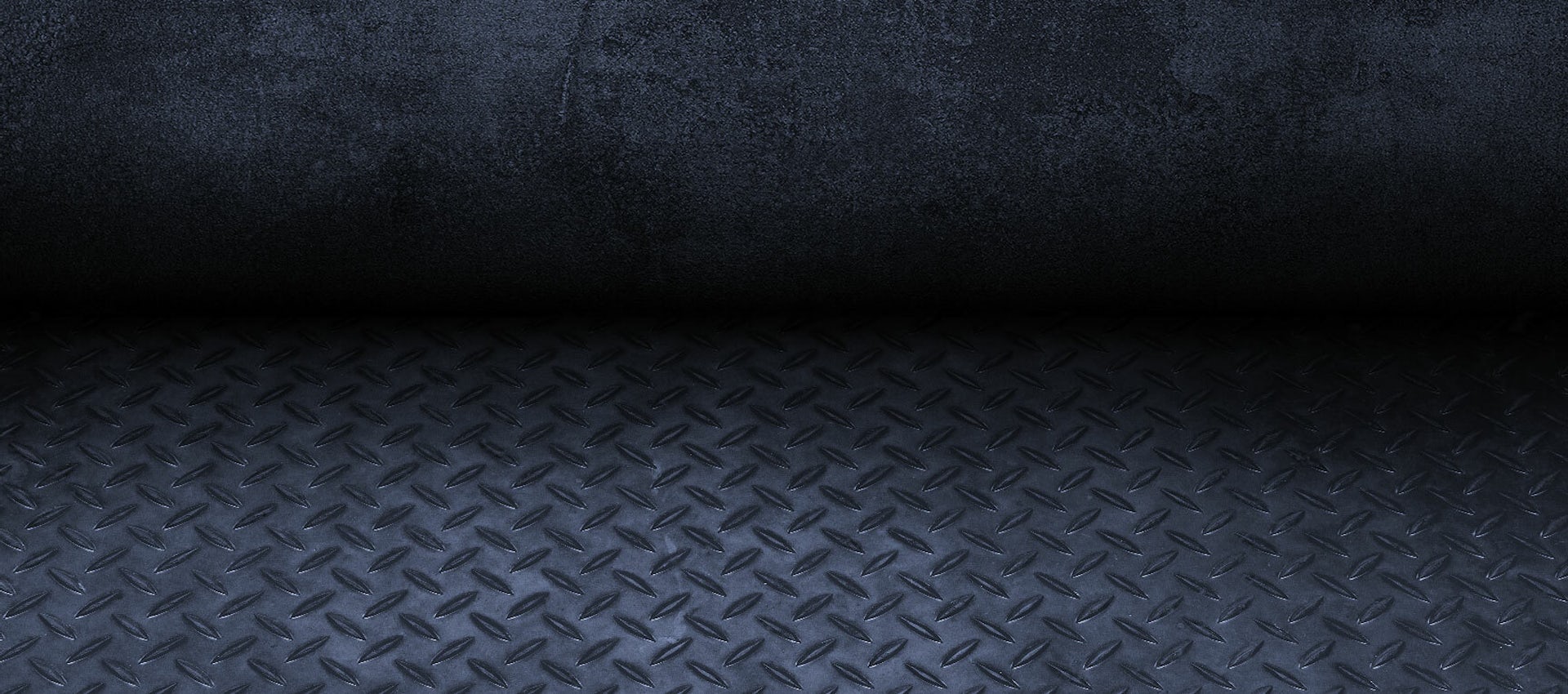- Products
Exploring the Depths: Drain and Sewer Inspection Cameras Explained

When it comes to drainage and sewer systems, out of sight should never mean out of mind. Drain and sewer inspection cameras have transformed how we diagnose, maintain, and repair these critical infrastructure components. In this blog, we will delve into the various uses, types and features of drain and sewer inspection cameras, shedding light on their significance in modern sewage management.

Types of Drain and Sewer Inspection Cameras
Push Rod Cameras: These cameras comprise a flexible cable (push rod) with a camera head affixed to one end. Ideally suited for smaller pipes and residential plumbing systems. Users manually advance the camera through the pipes while monitoring the live feed on a display. They are compact and portable, making them suitable for confined spaces.
Crawler Cameras: These are remotely operated robotic systems capable of traversing pipes of various sizes and shapes. Crawler cameras are frequently employed for inspecting large municipal sewer lines and industrial facilities. Often equipped with additional features such as sonar and laser measurement capabilities.
Pan-and-Tilt Cameras: Versions of pan-and-tilt cameras may be included in a push-rod or crawler camera system. Equipped with a motorised camera head capable of panning and tilting to provide a 360-degree view of the pipe's interior. Excellent for inspecting large pipes and commercial sewer systems. These types of cameras allow for more comprehensive and detailed inspections, reducing the risk of overlooking critical issues.

Uses of Drain and Sewer Inspection Cameras
Identifying Blockages: Inspection cameras can quickly pinpoint and identify blockages caused by debris, tree roots, or other obstructions in the pipes.
Detecting Leaks: They are crucial for pinpointing leaks or cracks in pipes, preventing water damage and costly repairs.
Assessing Pipe Condition: Regular inspections help assess the overall condition of pipes, enabling proactive maintenance and reducing the risk of catastrophic failures.
Planning Repairs: By offering a clear view of the problem, inspection cameras assist in planning and executing precise and cost-effective repair solutions.
Compliance and Documentation: Inspection cameras play a pivotal role in compliance with industry standards and regulations by providing detailed documentation of inspections.
Features of Sewer Inspection Cameras
In this section, we take a look at the typical features of an inspection camera, using the TV35 model supplied by Andy Guest as an example. The TV35 is an affordable, lightweight push-rod camera system designed to survey pipes with diameters ranging from 25mm to 200mm, making it a versatile solution for various pipe diameters.

1. Wide-Angle Lens: Equipped with a 120° wide-angle lens, the TV35 camera can capture a broad view of the sewer pipe, reducing the need for multiple passes and providing comprehensive insights into the condition of the pipe.
2. Robust Camera Head: The TV35 boasts a 23mm IP68-rated camera head that is waterproof up to depths of 10 meters. With a scratch-proof sapphire glass cover and 12 high-bright white LEDs, it ensures clear and reliable footage even in challenging conditions.
3. Durable Cable: The system features 35 meters of 6.8mm durable and flexible fibreglass push-rod cable. This cable can comfortably negotiate 90° bends in smaller diameter pipes, ensuring that no nook or cranny goes unexamined.
4. User-Friendly Display: Recorded images and videos are easily accessed via playback on the 7-inch LCD monitor and saved to integrated SD cards. The user-friendly interface makes it simple for operators to review and document their findings.

5. Picture and Video: The TV35 records high-resolution images a MPEG-4 video, which are stored on a 32GB SD Card for simple transfer to another device.
6. Portability and Endurance: Mounted on a compact frame, the TV35 camera weighs just 13kg, making it easy to transport to remote locations and from job to job. Powered by rechargeable lithium-ion batteries offering up to five hours of continuous activity, it can withstand daily use without missing a beat.
7. Confined Space Operation: Removing the control box and wireless keyboard from the design allows contractors to operate the system even in confined spaces.
8. Versatility: The TV35 offers the option of including a secondary reel. It features a 23mm CMOS camera with a self-levelling camera head, ensuring an upright view for inspecting larger pipe interiors. For smaller pipework, the system effortlessly navigates with its 14mm fixed camera head and a 4.8mm cable.
In Conclusion
Drain and sewer inspection cameras are indispensable tools in the world of drain and sewage management. They come in various types and boast an array of features that cater to different inspection needs. By enabling accurate assessments of pipe conditions, these cameras help prevent costly repairs, ensure compliance with regulations, and keep our systems flowing smoothly. Investing in a quality drain and sewer inspection camera is a wise decision that pays dividends in the long run.
- Products









